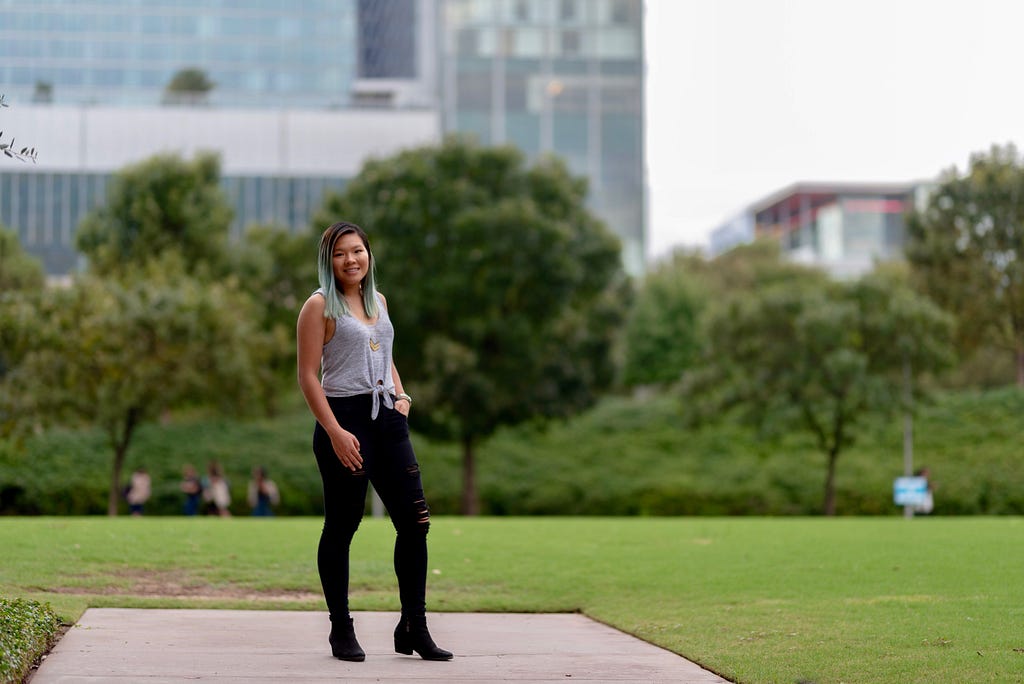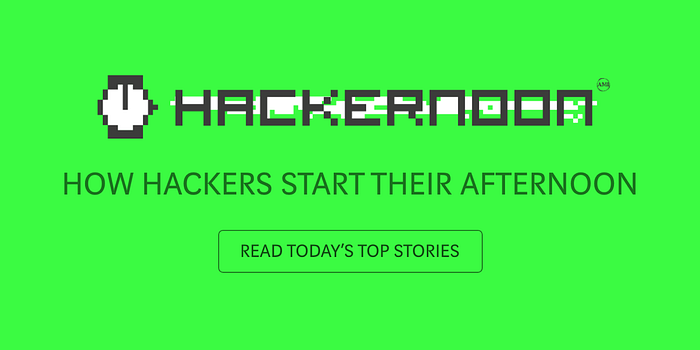Latest news about Bitcoin and all cryptocurrencies. Your daily crypto news habit.
I am not diversity
 Me outside the George R. Brown Convention Center at Grace Hopper ‘18.
Me outside the George R. Brown Convention Center at Grace Hopper ‘18.
As a female software engineer, I am counted in most diversity statistics and involved in many diversity initiatives. I’ve been to Grace Hopper for the last 5 years, including giving a tech talk last year on web performance. I was a mentor for Women Who Code, teaching algorithms and coding weekly to women entering the tech industry. I am literally on this list of women engineers even though I have no idea how I got added in the first place.
Here’s a surprise for you: I am not that diverse.
What I mean by that is, in most regards, despite being a part of many diversity statistics, I’m not bringing in the diverse perspective that is so critical to the success of any company.
Let me explain.
To start, I was born in an upper middle class household. My family was not without its occasional financial problems. But for the most part, we were comfortable. I was afforded the opportunities to travel, to purchase whatever books I wanted, to buy that absurdly expensive TI-84 calculator for high school math classes.
Education has always been a top priority in my family. My birth parents are both first-generation college graduates. My stepfather has a PhD in Mechanical Engineering. After I moved to the US, my parents drove me 30 minutes everyday to a better public high school 5 towns away. When I was applying to colleges, they took out whatever loans necessary for me to attend the best college I could.
I was fortunate enough to be accepted into MIT. Did it take a lot of hard work to get there? Absolutely. But anyone familiar with the college admissions process will tell you that entry to top schools has a significant amount of luck involved.
Because of MIT, I had a huge leg up when I was looking for jobs. Every fall, hundreds of tech companies attend the MIT Career Fair to recruit students. I got a summer internship after my freshman year with only one intro CS class under my belt. I’ve bombed many first round algorithms phone screens, but at least I was offered the opportunity to attempt these interviews until I got much better at them.
After college, I moved to San Francisco with a large group of friends — my entire social circle in college, plus friends I met during internships in the Bay Area. Even now, my friends and I frequently talk about our respective learnings from work.
I have also been fortunate to work at phenomenal companies like Plaid where diversity and inclusion are recognized and championed by everyone, from the founders to new hires.
I am a citizen of the United States of America. The constantly changing US immigration policies don’t meaningfully impact me or my family when I’m planning for my career.
I’m Asian. In a world where Asians are considered a model minority, people make assumptions even before they meet me based on my last name alone.
I speak fluent English with minimal accent, despite having spent 15 years in China. Here in the US, we tend to assume people who speak English fluently to somehow be more intelligent than those who don’t.
I am a young, straight, cis woman.
I have liberal beliefs that mostly align with the Silicon Valley majority.
I am an extroverted introvert. I’m comfortable speaking up in meetings and commenting on design docs and making my opinions heard. I don’t back down from a heated conversation.
I drink. Not excessively, but the fact that I’m okay with alcohol consumption opens up a lot of doors socially and makes it easier for me to fit into new social environments.
I don’t have physical or mental disabilities.
All this is not to downplay the very real challenges that I and other female engineers do face.
- People often assume that we work in non-technical roles by default.
- The statistics show that we have to try harder to get paid the same as a man would.
- Every day, we have to walk a narrow path between being “aggressive” and being “not assertive enough.”
- We have fewer role models the higher up we look and the deeper into the technical stack we go.
- Even for those of us who’ve successfully made it into the tech industry, there’s a higher likelihood of us leaving it.
That being said, I hope my story convinces you that in many aspects of the tech life, I am in the majority. I am in the majority even though according to current diversity statistics, most of which based on gender or ethnicity, I would be considered diversity.
There is undoubtedly value in these diversity statistics. They force us to honestly examine our biases — conscious or unconscious — especially when it comes to gender or ethnicity.
However, these numbers should be treated as heuristics, not the be all and end all.
There are many kinds of diversity that exist that are difficult to quantify and measure, such as age, socioeconomic status, family upbringing, political belief, religious belief, gender identity, personality traits, … the list goes on.
To truly embrace diversity, we need to go above and beyond just ethnicity and gender statistics, looking at our differences in other dimensions as well. Otherwise, we run the risk of optimizing for the perception of diversity at the cost of actual diversity itself.
Here are some examples of things we can do to build a diverse and inclusive work environment. This is by no means an exhaustive list, but a good place to start nonetheless:
- Have an open mind when evaluating a resume from someone that didn’t go to one of the top few CS schools.
- Hire the best lawyers to help clear any potential immigration hurdles for our fellow employees.
- Create an environment where everyone’s opinions are heard. Encourage people to share their thoughts, instead of whoever speaks the loudest gets their way in product or technical decisions.
- Be respectful of people’s pronoun choices. Ask before assuming.
- Host social events that people with families can attend and people who prefer to not drink alcohol can enjoy.
There are a hundred other things, big and small, that we can do to make people feel like they are valued. The point is, diversity is more than the simple division statistics you see. It’s everything that goes into creating a welcoming environment for everyone around us.
Diversity is intangible and complex. It doesn’t end with simple statistics, it begins there.
If you like this post, follow me on Twitter for more content on engineering, processes, backend systems, and diversity.
Thanks to Ayesha Bose, Joy Zheng, Julianna Lamb, and Sashko Stubailo for their feedback on this post.
I am not diverse was originally published in Hacker Noon on Medium, where people are continuing the conversation by highlighting and responding to this story.
Disclaimer
The views and opinions expressed in this article are solely those of the authors and do not reflect the views of Bitcoin Insider. Every investment and trading move involves risk - this is especially true for cryptocurrencies given their volatility. We strongly advise our readers to conduct their own research when making a decision.
